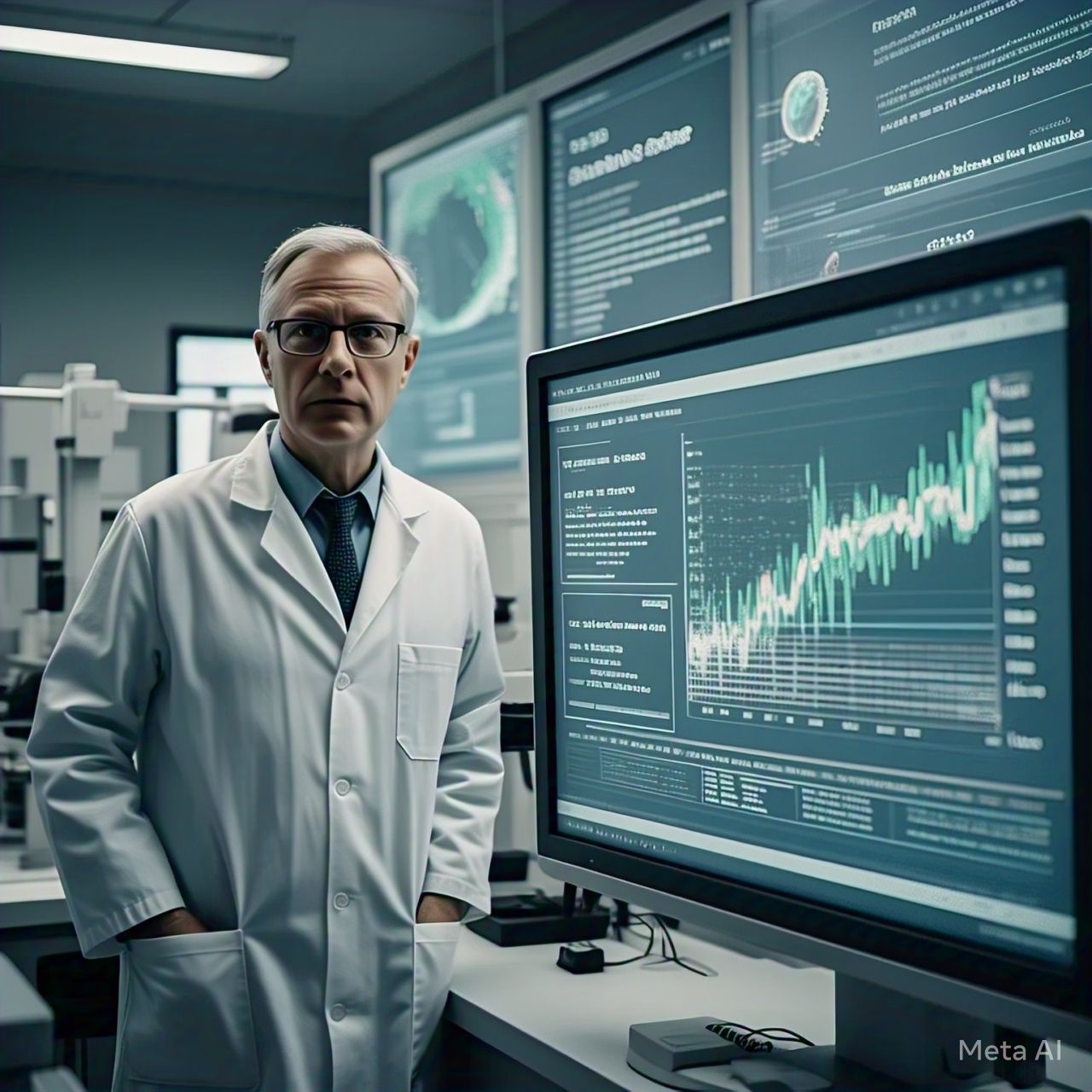Table of Contents
- Introduction
- What is Haptic Technology?
- How Haptic Technology Works
- Types of Haptic Feedback in VR
- Tactile Feedback
- Force Feedback
- Thermal Feedback
- The Role of Haptic Technology in Virtual Reality
- Enhancing Gaming and Entertainment
- Improving Training and Simulations
- Advancing Healthcare and Therapy
- Transforming Social and Remote Interactions
- Challenges and Limitations of Haptic VR
- Future Trends in Haptic VR
- Conclusion
- FAQs
1. Introduction
Virtual Reality (VR) has significantly evolved in recent years, offering users immersive digital experiences that simulate real-world interactions. However, traditional VR primarily engages vision and sound, leaving out the crucial sense of touch. This is where haptic technology comes into play, enabling users to physically feel virtual environments through vibrations, forces, and textures. In this article, we explore how haptic technology is revolutionizing VR, its applications, challenges, and future potential.
2. What is Haptic Technology?
Haptic technology, also known as haptics, refers to touch-based feedback systems that create a realistic sense of interaction between humans and digital environments. By using vibrations, pressure, and motion, haptic devices allow users to experience textures, resistance, and forces in virtual spaces.
Examples of Haptic Devices:
- Haptic gloves (e.g., Meta Reality Labs’ Haptic Gloves)
- VR suits (e.g., Teslasuit)
- Haptic controllers (e.g., PlayStation VR Sense Controllers)
- Tactile feedback chairs and vests (e.g., Woojer Vest)
3. How Haptic Technology Works
Haptic systems use a combination of sensors, actuators, and software algorithms to generate realistic touch sensations. The core components include:
- Actuators: Devices that create vibrations or force feedback.
- Sensors: Detect user movements and interactions.
- Software Algorithms: Convert digital interactions into physical sensations.
Haptic Feedback Mechanisms:
- Vibration-based feedback: Uses small motors to create a buzzing sensation.
- Electrostatic feedback: Creates texture variations by controlling electrical currents.
- Force feedback: Simulates resistance, weight, and pressure.
4. Types of Haptic Feedback in VR
Haptic feedback in VR can be categorized into different types:
4.1 Tactile Feedback
Tactile feedback simulates textures and surface sensations through vibrations and electrical stimulation.
Examples:
- Feeling rough surfaces in VR art applications.
- Experiencing the impact of a punch in VR boxing games.
4.2 Force Feedback
Force feedback creates resistance and weight perception by applying force through actuators.
Examples:
- Holding a heavy VR weapon that simulates weight.
- Experiencing recoil when firing a VR gun.
4.3 Thermal Feedback
Thermal feedback simulates temperature changes in virtual environments.
Examples:
- Feeling heat from a virtual fire.
- Experiencing the cold of a VR snowstorm.
5. The Role of Haptic Technology in Virtual Reality
Haptic technology is enhancing multiple industries by making VR interactions more immersive.
5.1 Enhancing Gaming and Entertainment
Haptics elevate gaming experiences by enabling realistic interactions.
Use Cases:
- Feeling the tension of a bowstring in archery games.
- Experiencing footsteps and explosions through haptic vests.
5.2 Improving Training and Simulations
Haptic VR is widely used for professional training in high-risk industries.
Use Cases:
- Military simulations for battlefield training.
- Pilot training using VR cockpits with force feedback.
5.3 Advancing Healthcare and Therapy
Haptic technology is transforming medical training and rehabilitation.
Use Cases:
- Surgical simulations with haptic scalpels.
- Physical therapy exercises using VR touch feedback.
5.4 Transforming Social and Remote Interactions
Haptics are improving virtual communication by simulating real-world touch.
Use Cases:
- VR meetings with handshakes and high-fives.
- Haptic-enabled online dating simulating physical presence.
6. Challenges and Limitations of Haptic VR
While haptic technology is revolutionary, it faces several challenges:
| Challenge | Description |
|---|---|
| High Cost | Haptic devices are expensive, limiting widespread adoption. |
| Hardware Limitations | Current haptic suits and gloves can be bulky and uncomfortable. |
| Latency Issues | Delays in haptic feedback can reduce realism. |
| Limited Sensory Range | Most devices can’t yet fully replicate detailed textures or temperature variations. |
7. Future Trends in Haptic VR
The future of haptic VR is promising, with advancements aimed at enhancing realism and accessibility.
7.1 AI-Driven Haptic Feedback
AI will help customize haptic responses, making interactions more realistic and adaptive.
7.2 Wireless and Lightweight Devices
Future haptic gear will be more compact, wireless, and comfortable.
7.3 Full-Body Haptic Suits
Companies are working on full-body haptic suits for enhanced immersion in VR.
7.4 Mainstream Adoption in Everyday Applications
Haptic VR could soon be used for:
- Remote job training
- Virtual tourism experiences
- Haptic-enhanced online shopping
8. Conclusion
Haptic technology is revolutionizing Virtual Reality, bridging the gap between digital and physical experiences. From gaming and healthcare to professional training, haptic feedback enhances immersion, making VR interactions more lifelike. While challenges remain, advancements in AI, hardware, and wireless technology will drive the future of haptic VR, bringing us closer to fully immersive digital worlds.
9. FAQs
9.1 What is haptic feedback in VR?
Haptic feedback in VR simulates touch sensations using vibrations, force, and texture simulation.
9.2 What are some examples of haptic VR devices?
Popular haptic VR devices include Teslasuit, HaptX Gloves, Woojer Vest, and PlayStation VR Sense Controllers.
9.3 How does haptic technology improve gaming?
Haptic feedback enhances gaming by adding realistic vibrations, resistance, and texture sensations.
9.4 Can haptic VR be used for medical training?
Yes, haptic VR is widely used for surgical simulations, physical therapy, and rehabilitation exercises.
9.5 What is the future of haptic technology in VR?
The future includes AI-driven feedback, lightweight wireless devices, and full-body haptic suits, making VR more realistic than ever.
Haptic technology is reshaping the VR landscape, making virtual experiences more tangible and engaging. As technology evolves, the boundary between the digital and physical world will continue to blur, unlocking new possibilities for entertainment, training, and human interaction.




